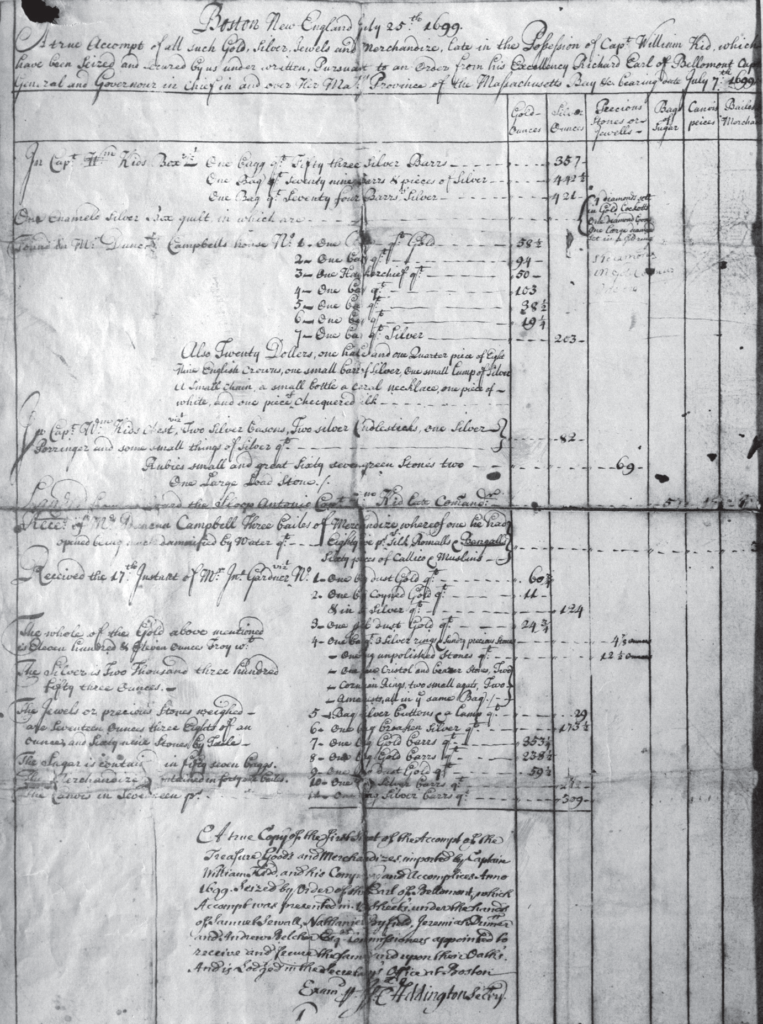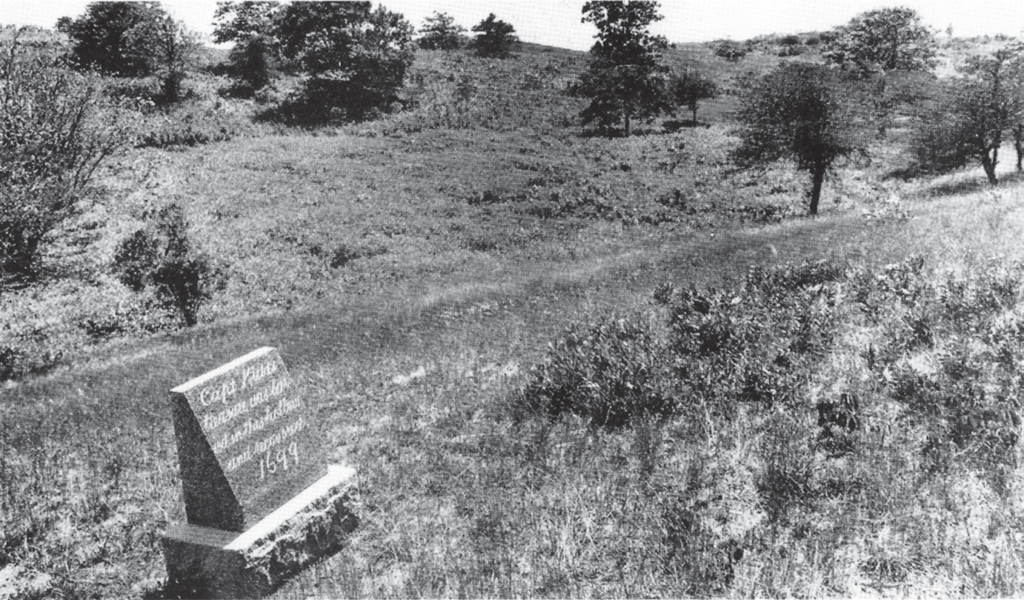
What Captain Kidd Left Behind
Who doesn’t love a good pirate? Whether it’s Blackbeard with his smoking hair and glowing eyes, or the Gentleman Pirate Stede Bonnet whose own crew ditched him on a desert island (next time, Stede, pay them), have pirates ever failed to capture the public imagination?
While piracy along the mid-Atlantic seaboard, along the Carolinas and the Virginia coastline, often hoards much of the limelight, there’s far more to the story in American history. The privateers of the golden age of exploration operated up and down the Atlantic coastline from Massachussetts to Florida, including, as author Kerriann Flanagan Brosky has chronicled in her book Historic Crimes of Long Island: Misdeeds from the 1600s to the 1950s, right at the edge of New York’s very own Long Island. As Brosky details, none other than the infamous Captain Kidd ended up on East Hampton’s shores, bringing with him—you guessed it—a buried treasure fit for a king.
Born to a modest, middle-class upbringing in Scotland, William Kidd was already an experienced sailor by his mid-twenties. Having traveled to the colony of New York (and married a young lady he met there), the raging colonial wars of the time combined with his desire to fight the French on behalf of the English crown led him to pursue a commission for privateering. As Brosky puts it, “by 1696, Captain William Kidd was once again on the high seas, this time on a new and very impressive 124-foot sailing vessel called the Adventure Galley. The ship contained thirty-four cannons, twenty-three oars, and a 150-man crew. Kidd and his men were told to set sail to the East Indies via the Indian Ocean, where there were an abundance of French ships, pirates, and commerce.”
Except there were none. After two years of fruitless searching, his men rebelled, and in one altercation Kidd accidentally killed a crewman. What’s worse, once they finally did find a ship worth capturing, it turned out to be captained by a fellow Englishman—something Kidd, locked in his cabin by his mutineers, only found out after the fact.

Fast forward several years, to when Kidd is hiding out in the Caribbean, on the run from the crown for murder and piracy. Sailing to New York in a new vessel, laden with treasure from his illegal capture, he aims to appeal to one Lord Bellomont, one of the original sponsors of his prior voyage, for clemency. En route, he stops on Gardiner’s Island to bury his treasure—about $30,000 worth—before meeting his patron. For safety’s sake, legend has it he also made deposits at other points and buried treasure on Long Island in multiple places, including the Setauket, Oyster Bay, and the ‘Money Ponds’ near Montauk Lighthouse, as an insurance policy.
Unfortunately for Kidd, he had no idea that the Gardiners of Gardiner’s Island had already tipped Lord Bellomont on to his presence. With such a rich quarry in hand, Bellomont laid a trap for Kidd, and after receiving him promptly had him thrown in a Boston jail. After rendition to London and trial, Kidd’s story ends on the gallows, as Brosky records, but the story of the treasure lives on. Dug up on Gardiner’s Island were no less than “bars of silver, rubies, diamonds, bags of gold dust, pieces of eight, porringers, and candlesticks, just to name a few,” with a historical marker now indicating the spot.

But that was just the first haul that Kidd buried. Those other spots along the Long Island coast, near Montauk, Sekauket, and the rest? Suffice to say that there are still more historical markers waiting to be placed: so if you see a little glint along the shoreline, whatever you do, mark that spot with an X, and don’t tell a living soul what you have found.




